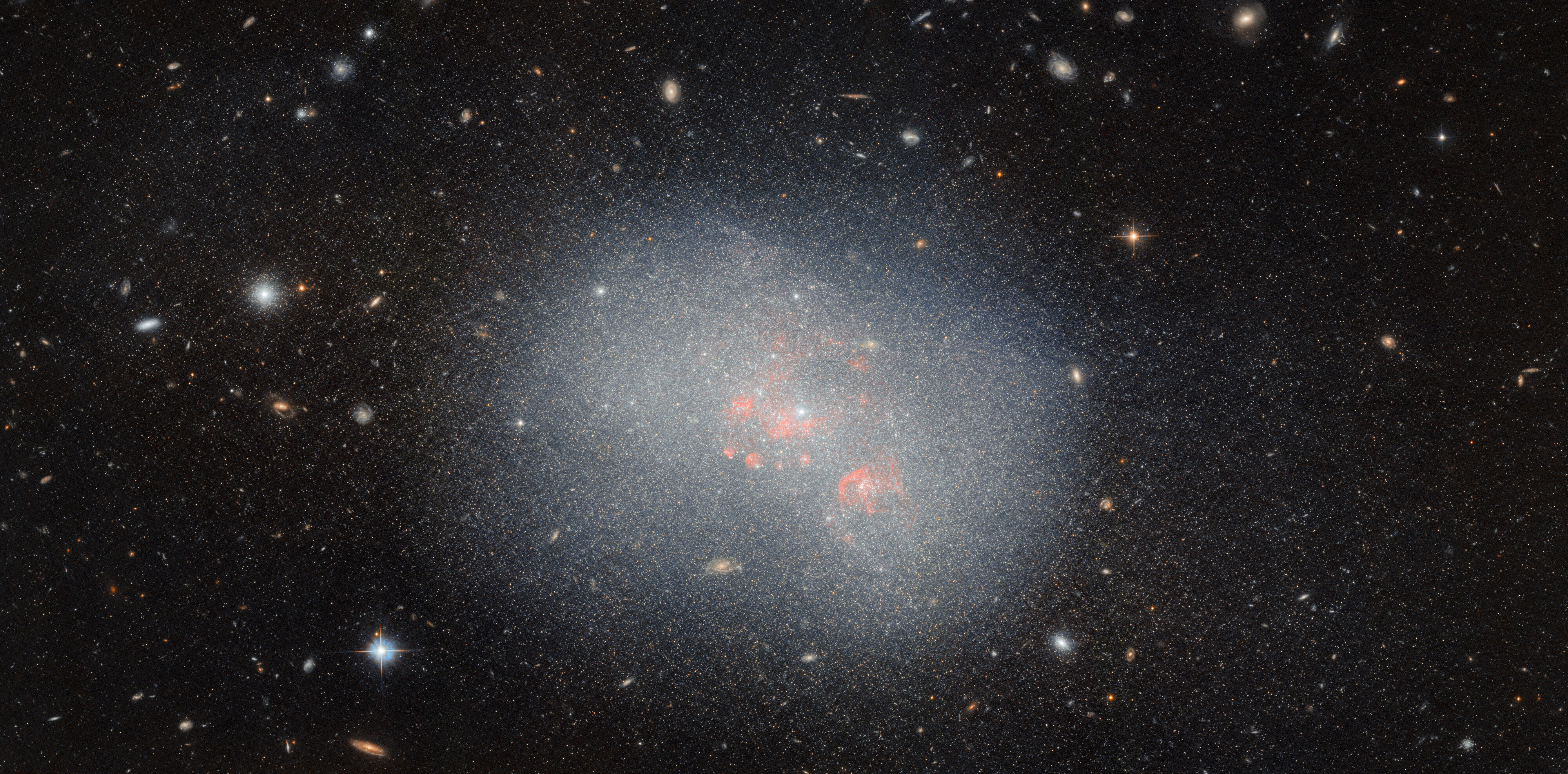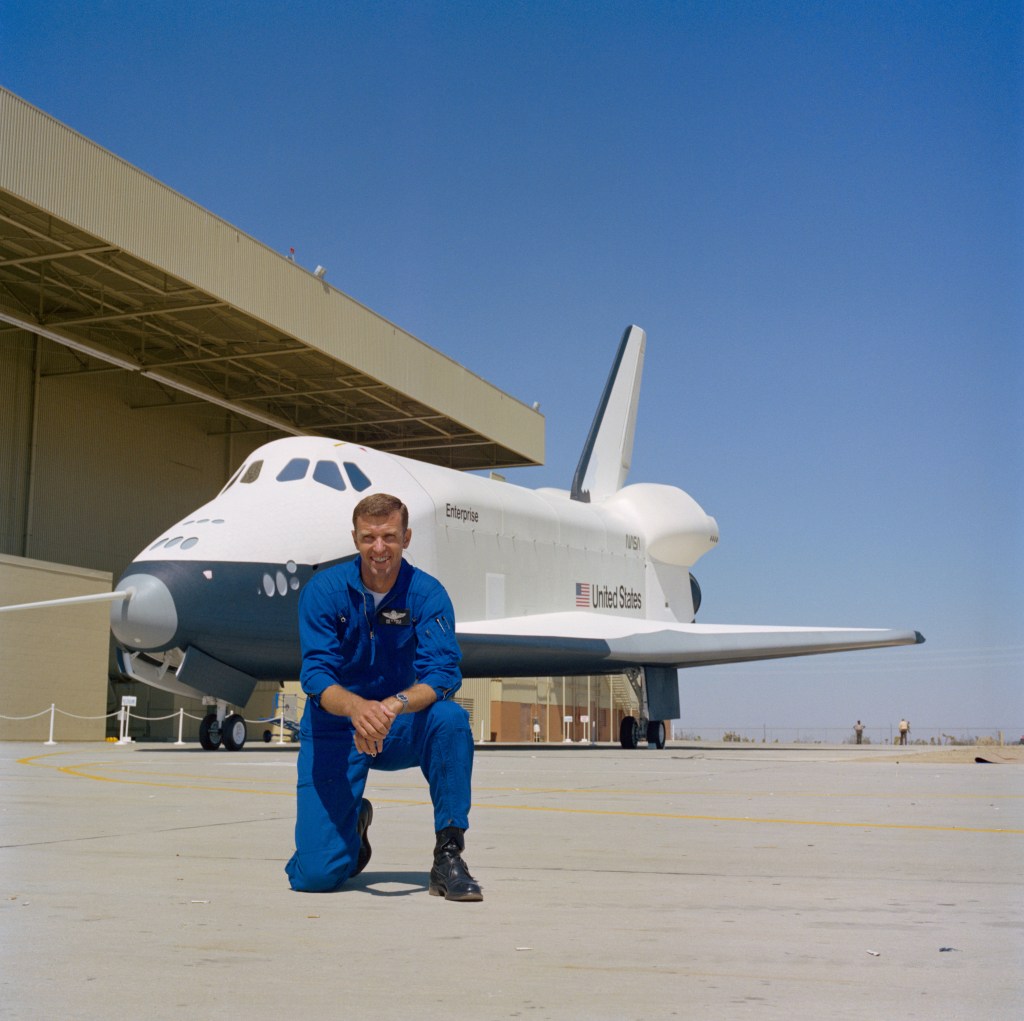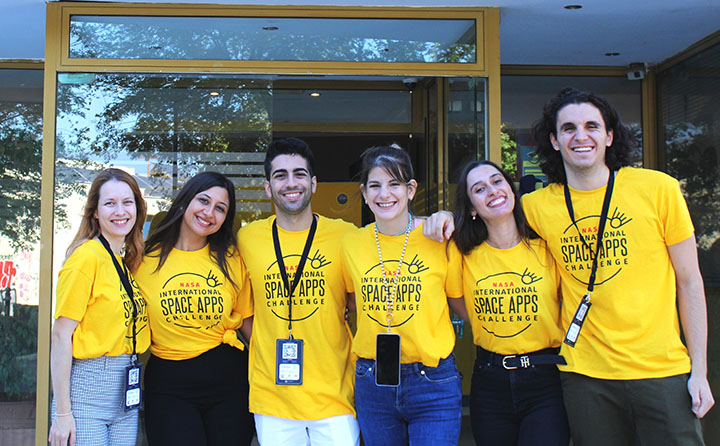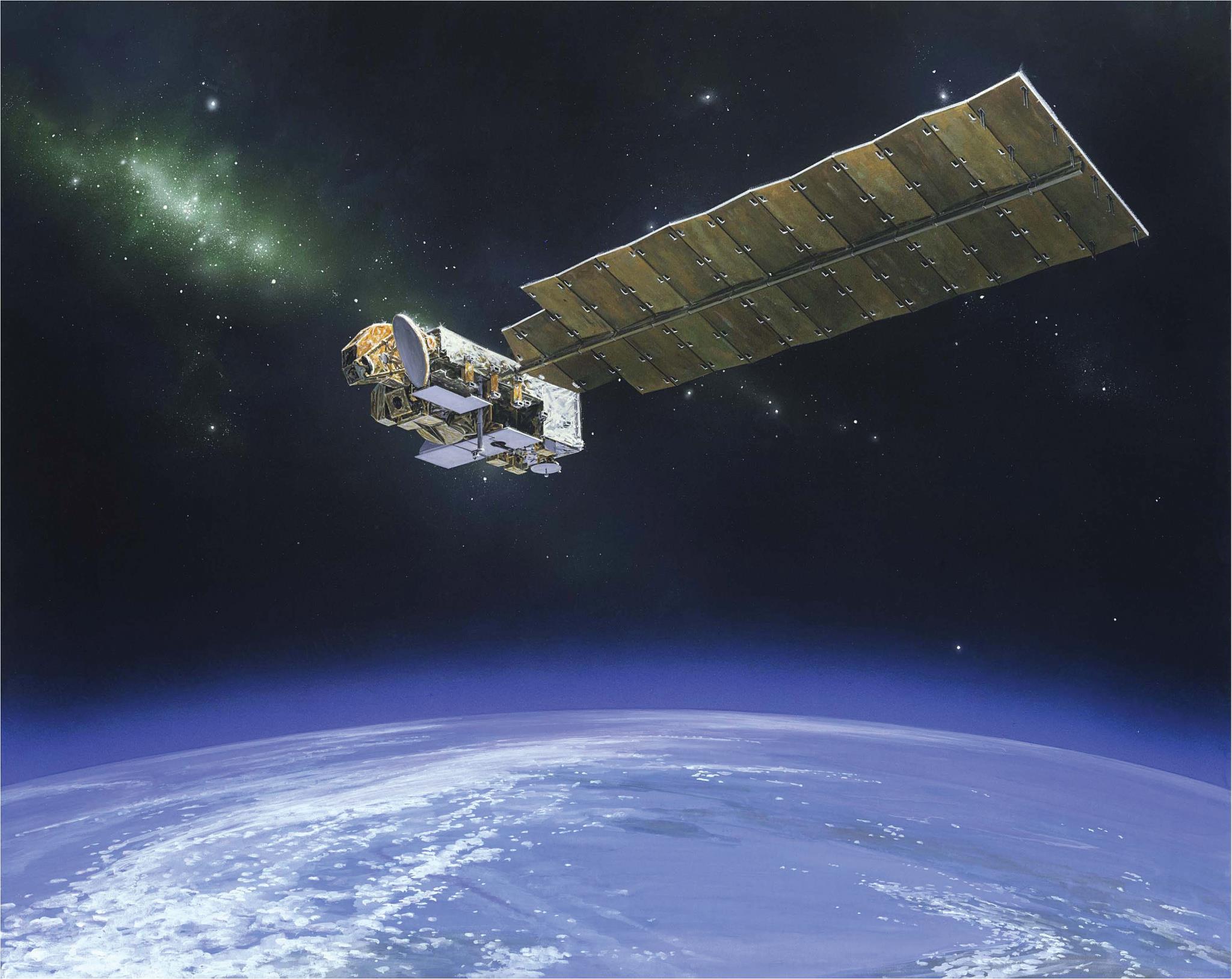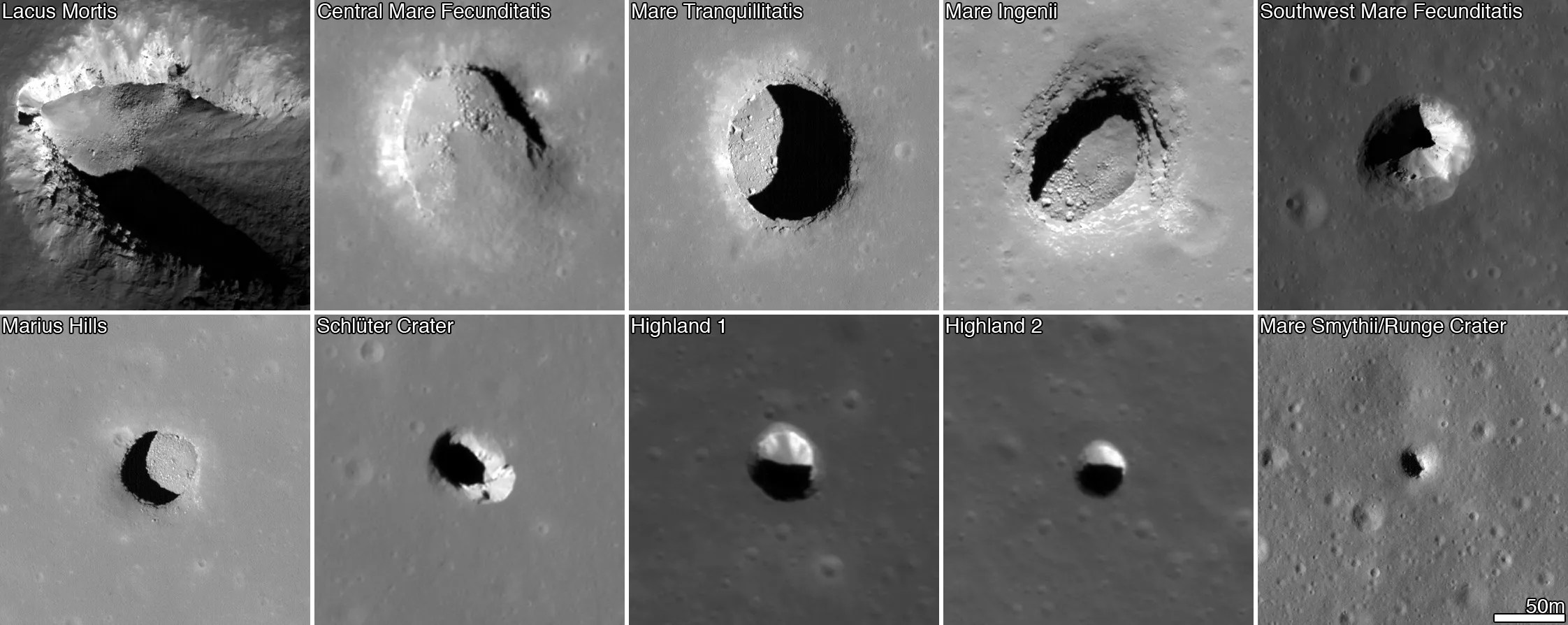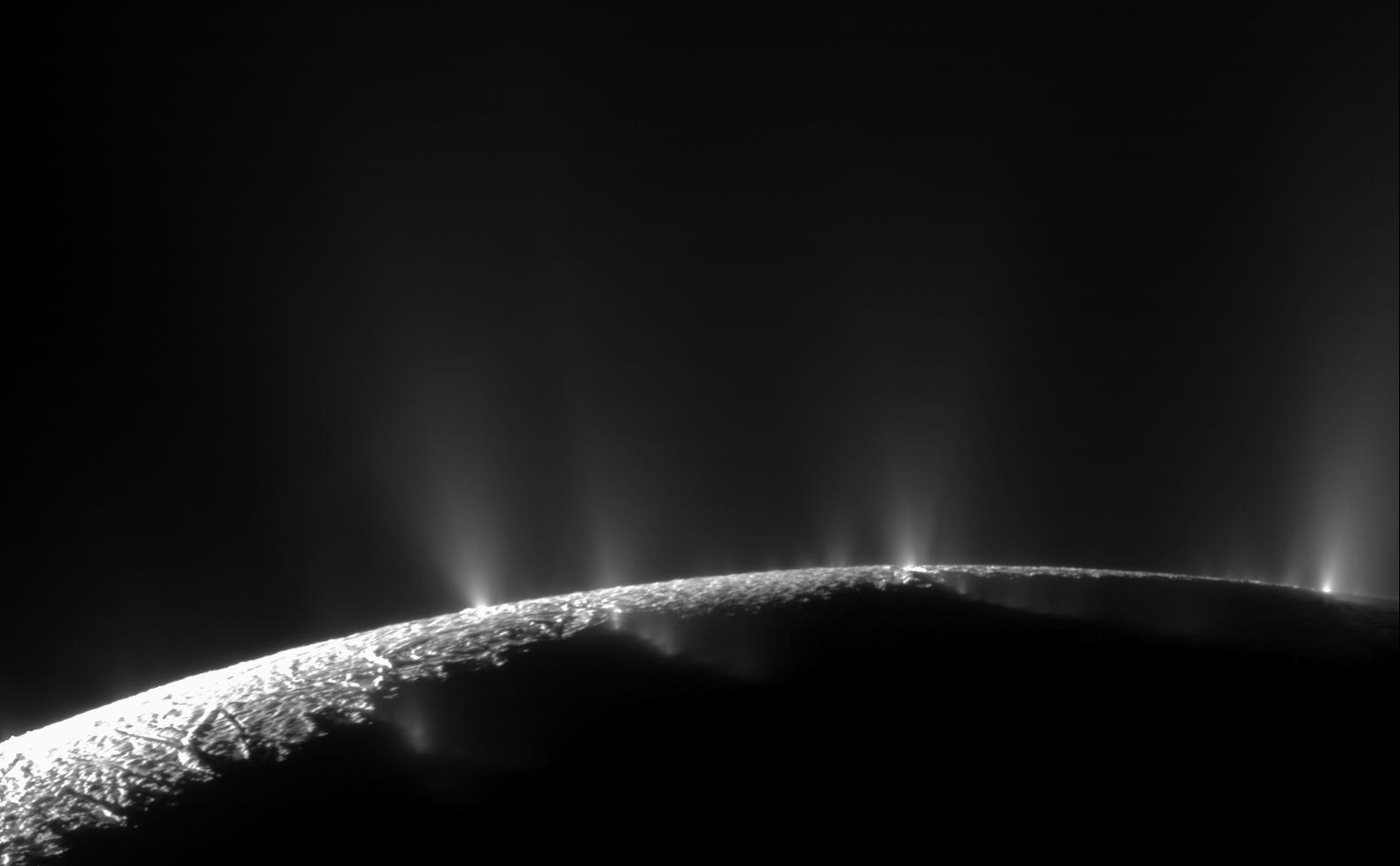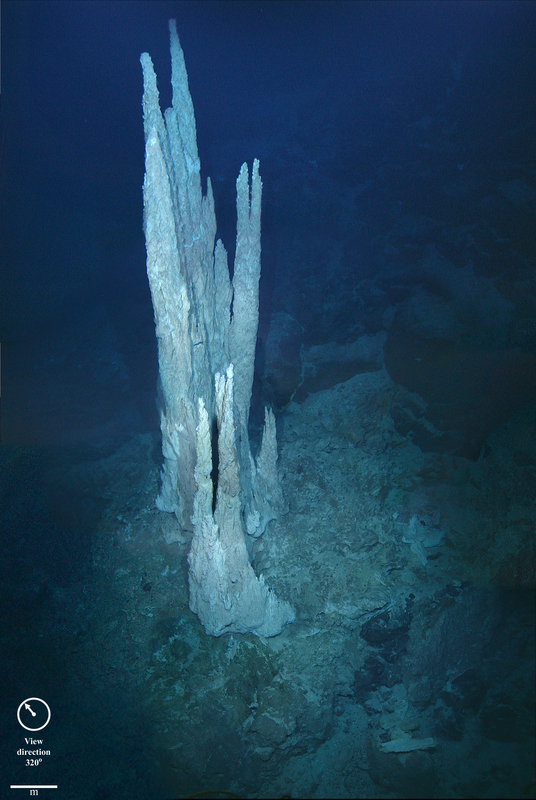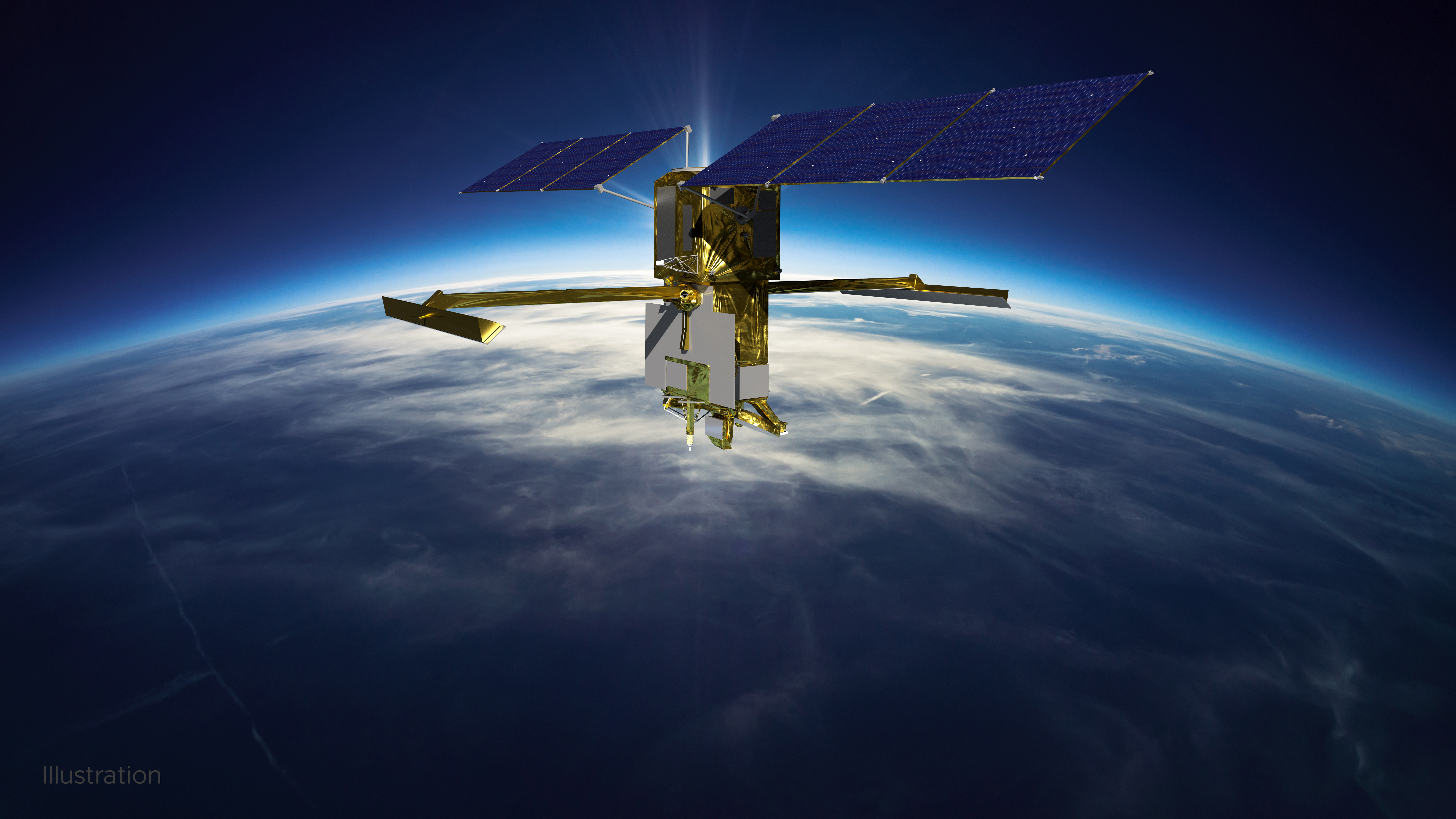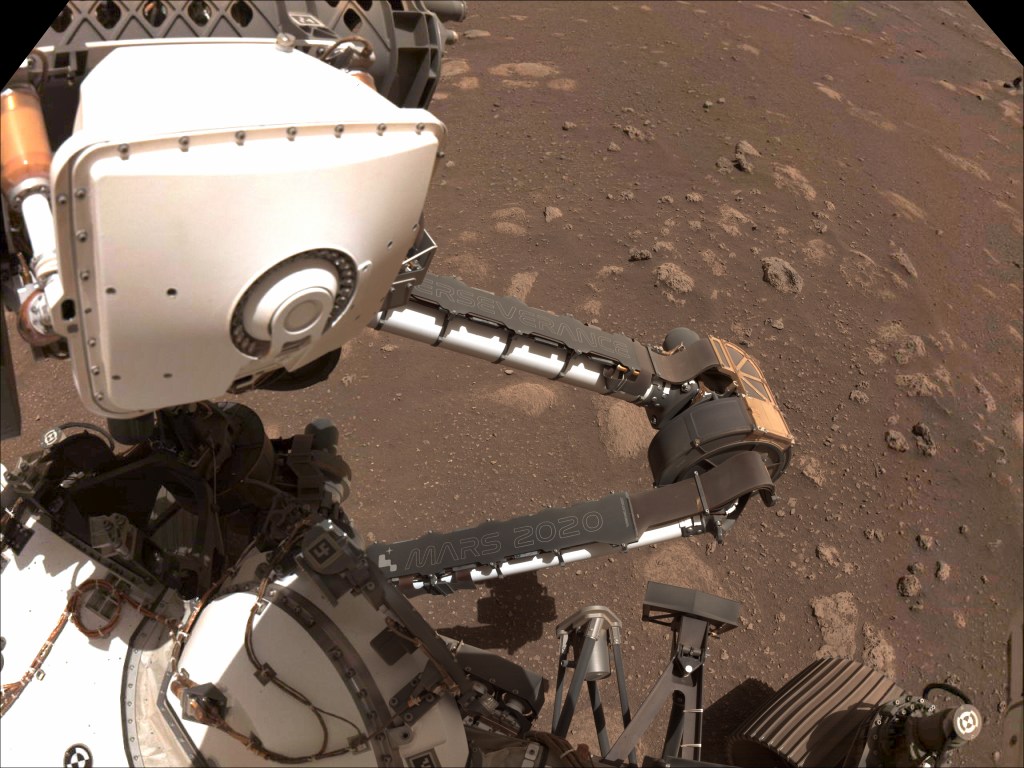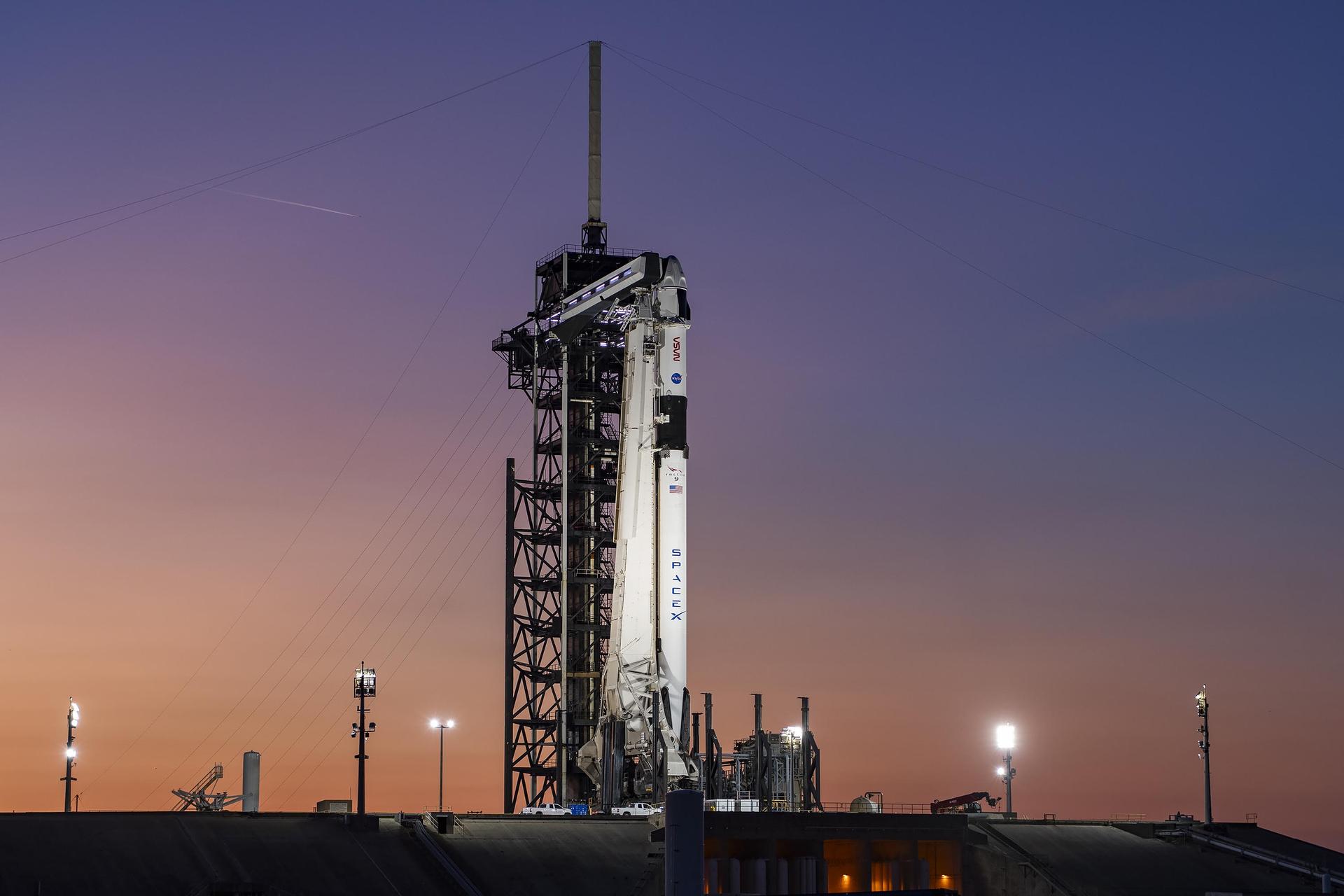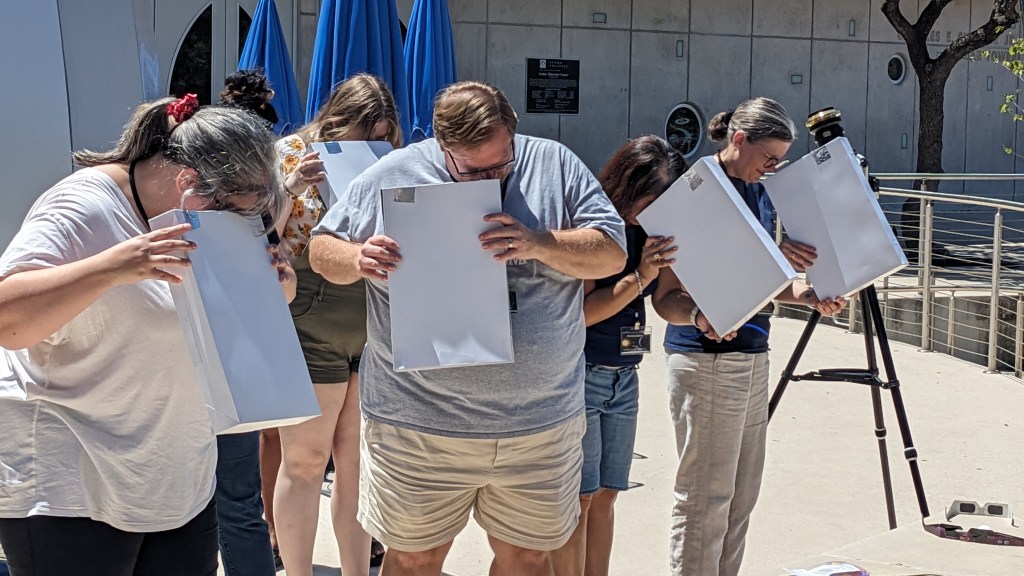NASA has compiled the examples below of information that commercial space operators may want to include in license, payload, and/or policy applications to regulatory agencies.
Not all examples of information are applicable to every mission. Also, some of the examples may be required as part of the regulatory process, while other examples are voluntary. If an example of information is applicable to a commercial space operator’s mission, including the relevant information in the initial application to the appropriate regulatory agency will help expedite NASA’s review of applications as part of interagency consultations, as well as contribute to safe and sustainable space operations. The examples of information are not static and will be updated periodically.
NASA would encourage commercial space operators to consult with regulatory agencies in advance of submitting applications on the information that may be relevant to include in an application for a specific mission. Commercial space operators are welcome to contact NASA with any questions on the examples below.
General Payload Information
General payload information provides NASA the necessary insight to understand and quantify the risk any mission may pose to NASA vehicles, astronauts, and other space assets and operations. This includes:
- Anticipated payload operational lifespan, on-orbit lifetime and disposal plan.
- Detailed description of intended payload operations. Examples include information on the target orbits (inclination, altitude and eccentricity) for insertion, staging, and operational altitudes or longitudes as applicable. If part of a larger constellation of satellites, an inclusion of an overview of the constellation architecture (orbital planes, altitudes, etc.)
- Description of payload composition (e.g., expandable wings, robotic arms, secondary deploy or ejected projectiles, etc.). At minimum, NASA is interested in dimensions and masses. Projected areas and high-level materials properties also are beneficial to help determine trackability and atmospheric re-entry characteristics.
- If a payload is intending to deploy other secondary payloads, a description of these secondary payloads, including deployment methodology (timing, direction, speed).
- Is the payload designed for multiple or frequent maneuvers? If so, describe the operation plan (maneuvers ground commanded vs. automated)
- Contact information for payload owner and payload operator, if different from the party requesting payload review and determination, for any payload that may cross orbits with a NASA asset.
- Does the payload have command data encryption?
Payload Trackability
Ensuring a payload is trackable enables space situational awareness and provides safety for the space operations community. NASA has critical assets in orbit that drive our interest in an objects trackability, including the International Space Station (ISS), Hubble Space Telescope, and a suite of Earth observing satellites with international partners flying in a tightly coordinated formation. Trackability can be achieved by one of the following:
- The payload is directly trackable by the Space Surveillance Network (SSN) in a way that allows for good orbit determination. The SSN regularly tracks 10 cm diameter objects in low Earth orbit. Smaller objects require further coordination to determine trackability.
- Radar retroreflectors or other appendages to enable or enhance tracking.
Additionally, to best facilitate communications with the Department of Defense/18th Space Control Squadron (18SPCS) and support Space Situational Awareness (SSA), NASA recommends payload developers register their payload with 18SPCS prior to launch.
Avoiding Crewed Vehicles
NASA recommends that any elements of the upper stage, payload, or other objects associated with launch try to protect ISS and ISS crewed visiting vehicles via launch collision avoidance (COLA) gap analysis through launch plus 36 hours (refer to Air Force Instruction 91-202 Section 10.7). For visiting vehicle analysis, this will require coordination between launch provider and/or payload operators with NASA to get information on visiting vehicles schedule and trajectory. This analysis can be performed statistically via any means, or through some method of a priori proof that collision is impossible. Examples include:
- Launch elements never achieve ISS altitude.
- Launch elements have perigee that exceed ISS apogee.
- Upper stage will be deorbited immediately after launch.
Orbital Debris Mitigation
If not already provided in the application, NASA is interested in a description of how the launch vehicle and the payloads will meet relevant debris mitigation requirements.
Meeting International Obligations for Preventing Harmful Contamination
If any element of the launch vehicle, primary spacecraft, or secondary payload has sufficient propulsion to leave Earth orbit and reach the Moon or a more distant celestial object, NASA recommends that the space operator include information documenting how the launch vehicle and payloads will address United States obligations to prevent harmful biological contamination under the Treaty on Principles Governing the Activities of States in the Exploration and Use of Outer Space, including the Moon and Other Celestial Bodies (UN, 1967), Article IX. Publicly available resources to inform space operators on this topic include:
- Committee on Space Research Policy on Planetary Protection (COSPAR) guidelines located here: https://cosparhq.cnes.fr/scientific-structure/panels/panel-on-planetary-protection-ppp
- NID 8715.129, Biological Planetary Protection for Human Missions to Mars: https://nodis-dms.gsfc.nasa.gov/library/OPD_docs/NID_8715_129_.pdf
When requested by a regulatory agency, NASA will provide a technical assessment of the space operators approach to preventing harmful contamination. For these missions, the following information is desired for all launch elements and payloads:
- Description of the energetic potential of the primary launch vehicle, second stage, cruise stage, and additional independent propulsion systems on primary and secondary payloads.
- Description of trajectory including flybys or gravity assists of celestial objects and orbital insertion or landing at the destination.
- Assessment of biological contamination risk and associated mitigation strategy for celestial objects along the trajectory and at the orbiting or landed destination.
- For missions to the surface of the Moon, an inventory of propulsion products released into the lunar environment. Additionally, for missions to permanently shadowed regions (PSRs) or the lunar poles, an inventory of organics.
On-Orbit Maneuvers
NASA is interested in the safety of our assets in space, which include robotic missions as well as human space flight endeavors. Therefore, NASA recommends that operators of payloads with maneuvering capability provide maneuver information and post-maneuver ephemerides to 18SPCS on a timely basis to enable conjunction assessment of all objects within the catalog. This requires identification of a plan and process, with concurrence from 18SPCS of the acceptability of this plan.
Collision Avoidance Process
NASA recommends operators of payloads with maneuvering capability, or a comparable ability to mitigate vulnerability to potential collisions, provide information demonstrating that they intend to assess the risk of predicted close approaches, and avoid collisions with all trackable orbital debris, also known as a Collision Avoidance process. NASA has created a Conjunction Assessment Best Practices Handbook https://nodis3.gsfc.nasa.gov/OCE_docs/OCE_50.pdf which contains information that may provide a more detailed look at NASA practices and interests. Collision Avoidance processes enhance flight safety for the entire orbital community, and they include:
- Description of how and by whom owners/operators will be notified of a potential close approach (e.g. notification via 18SPCS or from some other source).
- The chosen method of determining when a close approach risk is high enough to warrant avoiding a potential collision by performing a maneuver, or some other trajectory. modification. This would include whether a probabilistic risk assessment method is to be used (e.g., Probability of Collision), a volume-based method, or some other approach.
- Description of how the operator intends to share trajectory and maneuver information with 18SPCS (strongly encouraged), or some other commonly available catalog database, to enable other operators to perform collision avoidance against their planned future position.
- Description of how the operator intends to identify close approaches with other potentially maneuverable assets and communicate with the other owner/operator to ensure that both assets are fully aware of each other’s future maneuver plans and pursue a coordinated approach to mitigating any potentially serious conjunctions. Failure to do this can cause two satellites to maneuver into each other, causing a collision.
Energetic Payload Deployment
NASA recommends that operators of payloads capable of energetic deployments, where the object being deployed becomes an independent object on-orbit, provide a plan showing this operation does not endanger other satellites. This should include:
- The plan to share, in a timely manner, the resulting trajectory data with 18SPCS to enable conjunction assessment of all objects within the catalog.
- The operator’s plan to protect other assets e.g. acceptance criteria to deploy, deployment methodology (timing, direction, speed), trackability details for objects to be deployed, etc.
Preventing Payload Co-Location with NASA Assets
NASA recommends payload operators provide an analysis to demonstrate that the payload is free of detrimental co-location interactions with NASA assets on orbit. Preventing co-location on-orbit is a best practice for space sustainability. For the purposes of this analysis, co-location is defined as placement within a 10 km sphere centered on the other object. This can be demonstrated by one of the following:
- The payload will not be co-located with any other catalogued payload on orbit, for any of the payload’s orbital placements that are intended to be used from launch to disposal.
- The payload operators have contacted the affected owner/operator(s) and established a process for mitigating close approaches.



